Marigolds or Tagétes
Marigolds or Tagétes
Sometimes, during the rain, nature begins to glow even brighter than in clear weather. The sky may have turned gray, but the color contrast of vegetation does not leave me indifferent, so as not to write a new post about it.
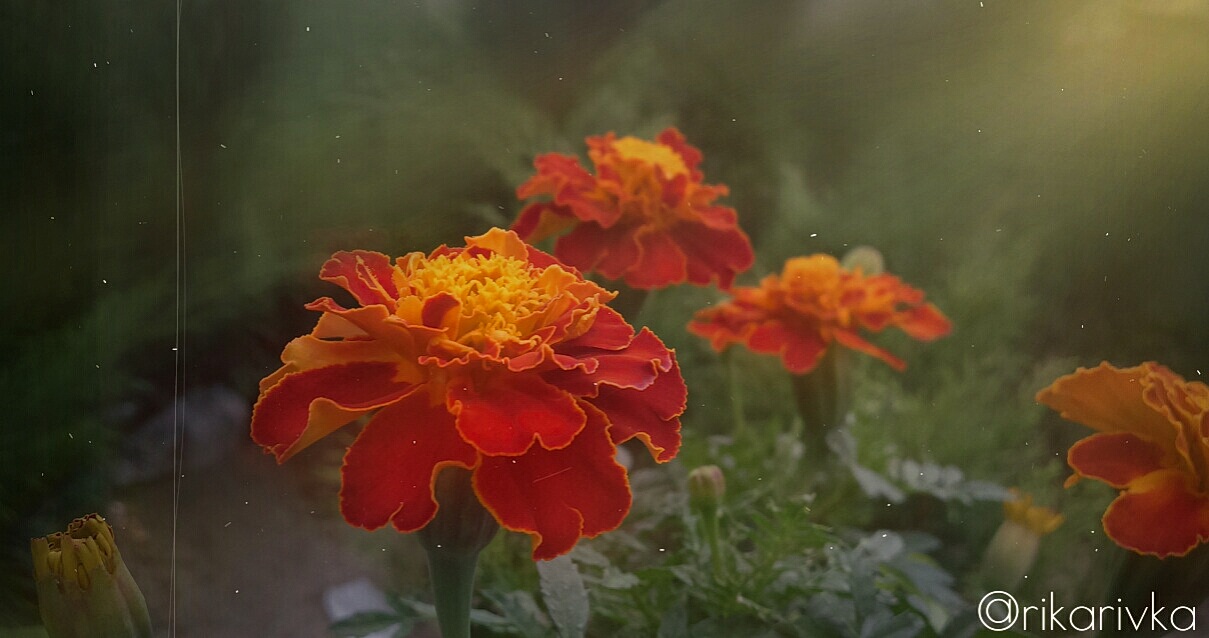
I've always liked marigolds. Today's downpour helped me to look at them in a new way, not just as a plant that I meet almost at every step, but as an unsurpassed creation of God. These small flowers combine tenderness and stability, brightness and modesty, velvet luxury and nobility.
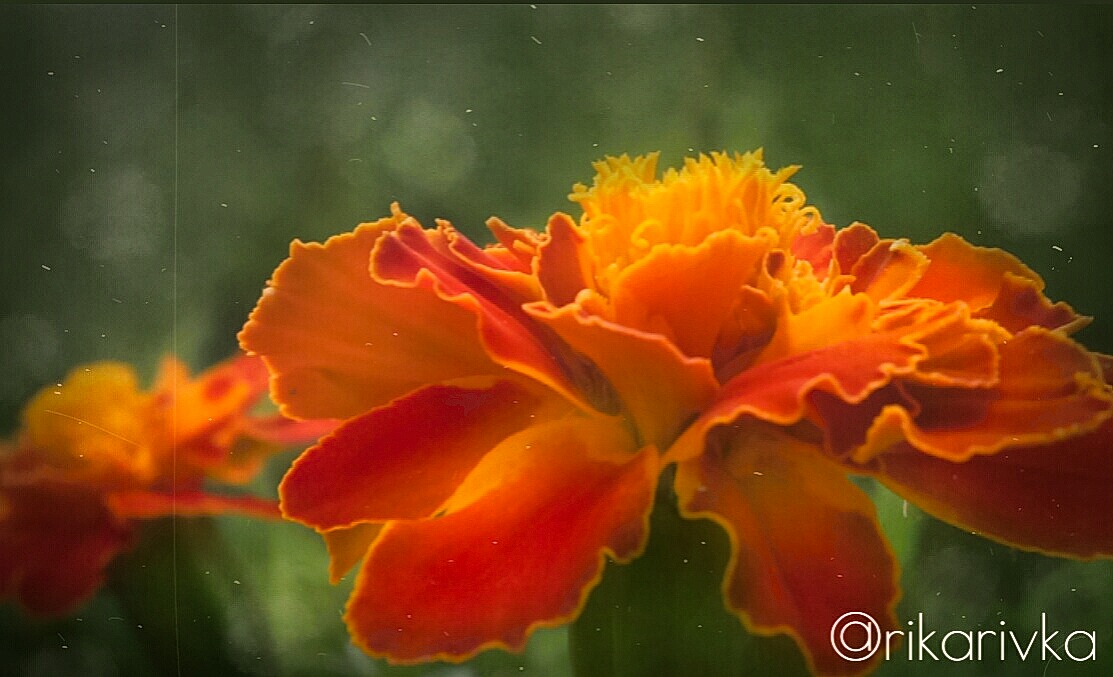
How wonderful it is when, walking under an umbrella down the street, without raising your head up, you can see such little suns. Albeit not sunflowers, but marigolds fit well into this role.
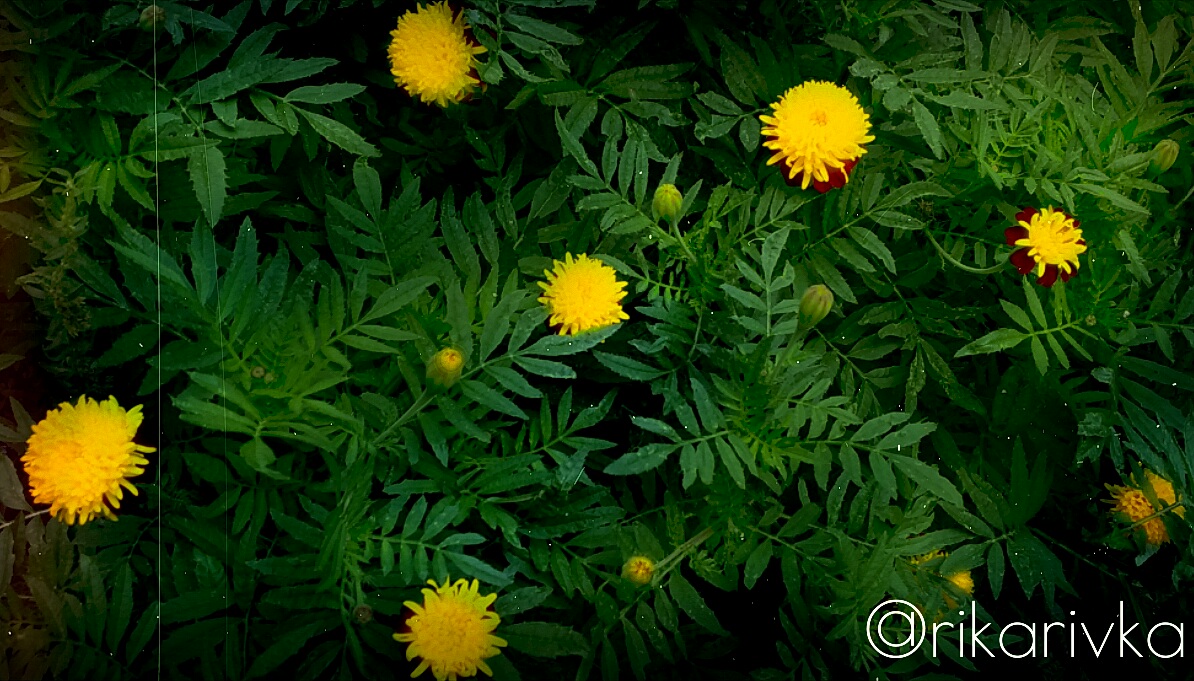
An artistic view of nature is very good, but I also want to introduce you to these plants from a scientific point of view.
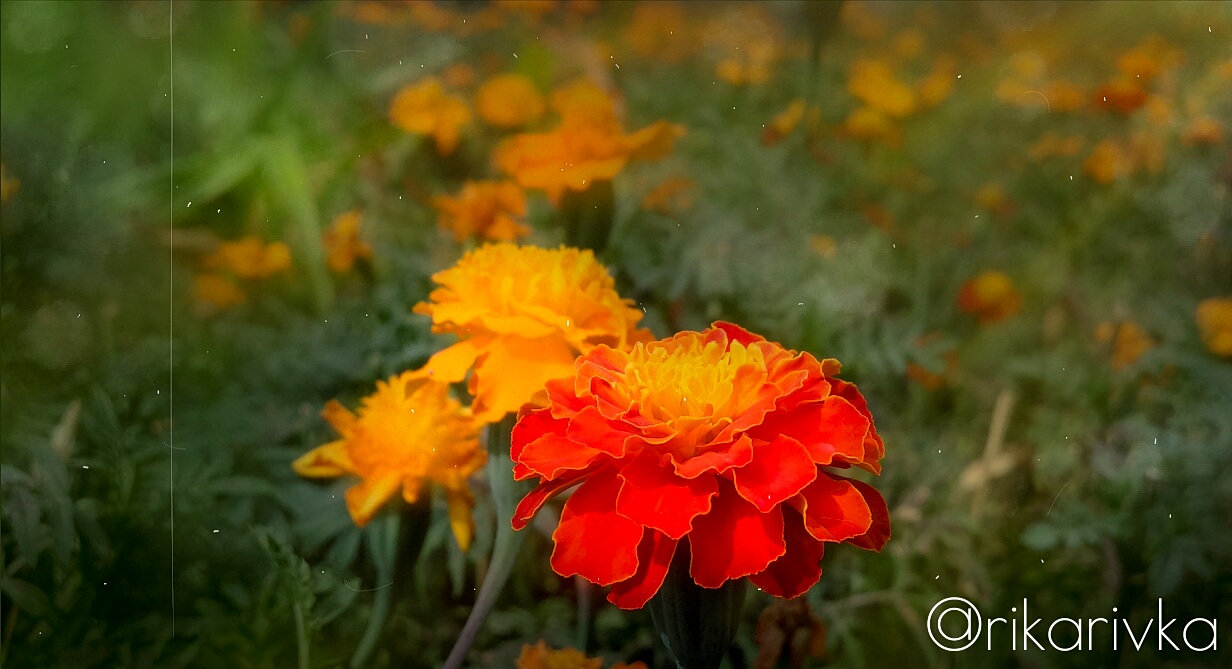
Marigolds belong to the Aster family, while there are both annual and perennial species. They are also divided into multi-petal and low-lobe. The colors of marigolds are yellow, red and orange. And the Latin name Tareca was given to these flowers in 1753.
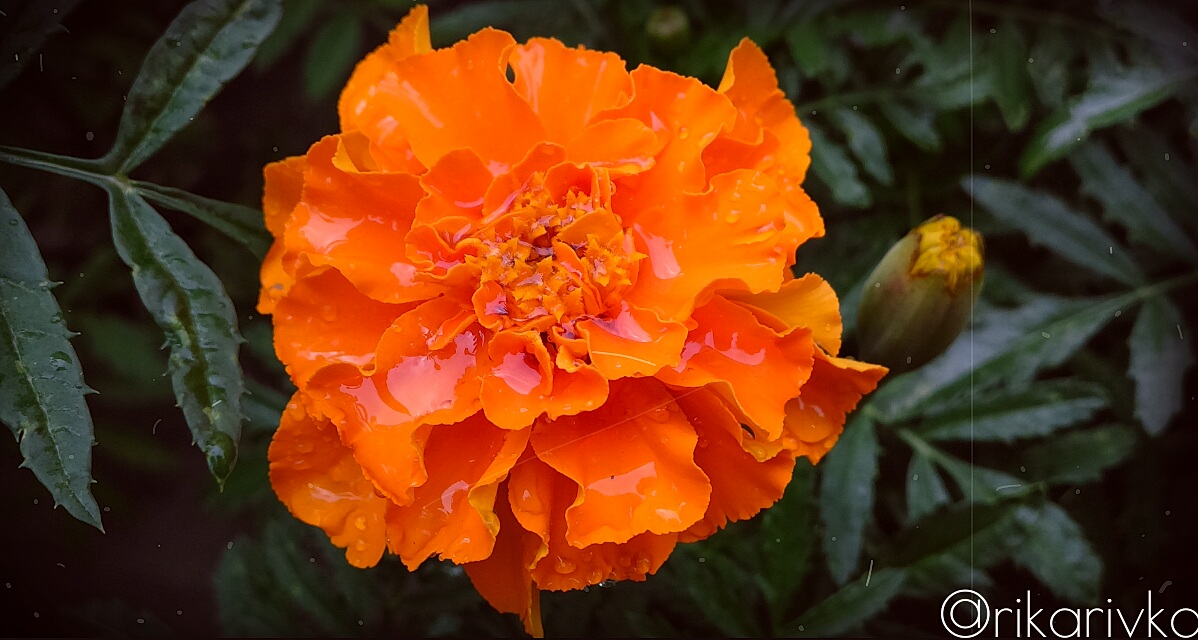
It turns out that their use is not limited to decorating city and country flower beds. Marigolds have many useful properties that you might not even have guessed about. So, for example, if you plant this unpretentious flower near tuberous plants (potatoes, strawberries) in the garden, you will forget about annoying parasites that strive to destroy your harvest.
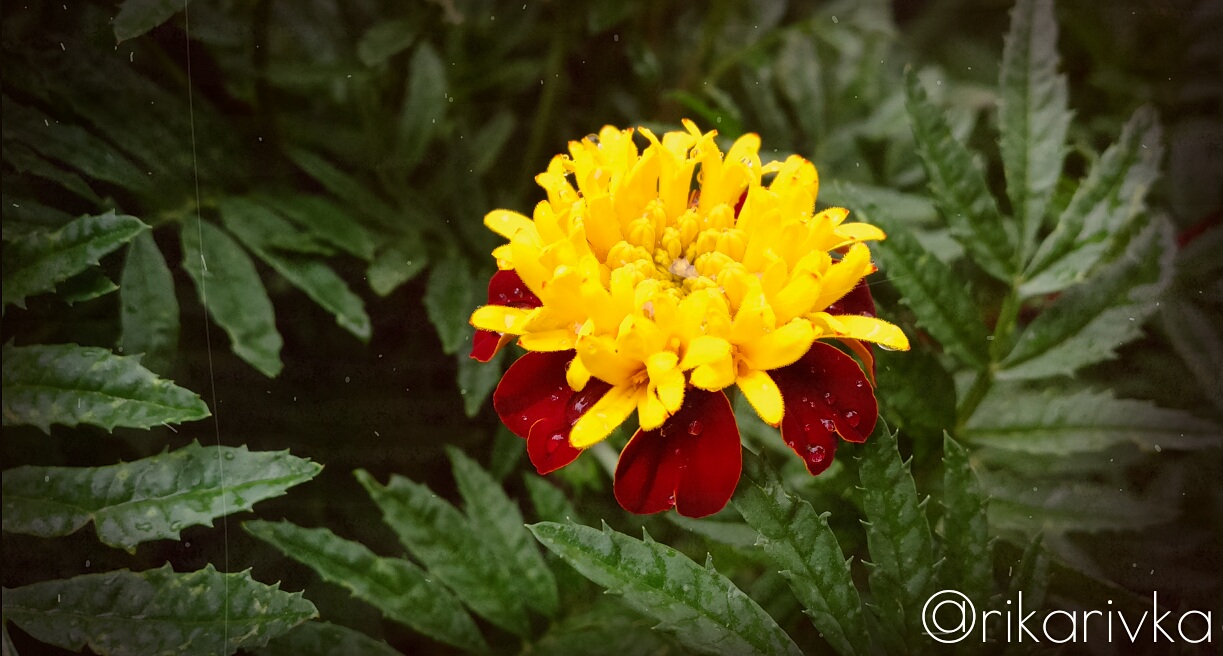
Since the plant contains many minerals, flavonoids, vitamins, experienced housewives use it to fertilize the soil, as well as for medicinal purposes. There are many recipes for making medicines from marigold. Its healing properties help to treat influenza diseases, sinusitis, vascular diseases, digestive system, etc.
But what will surprise you more is how popular it is in cooking. Its unusually pleasant aroma is so similar to the aroma of saffron that in baked goods you cannot even understand that it is marigold. It is also added to pilaf, soups, sauces, vegetable and legume dishes, in general, wherever you can throw saffron. This is what a fragrant seasoning is growing right under your windows, and most importantly, it's available! And marigold oil is widely used in oriental cooking for making sweets.
Marigolds also have strong coloring properties, which allows them to be used as a food coloring that will color in terracotta tones.
Not everyone knows about all this, and does not even think about how to use marigolds in everyday life, for medicinal purposes, and even in cooking. Therefore, I hope that this post will be not only informative, but also useful for you.
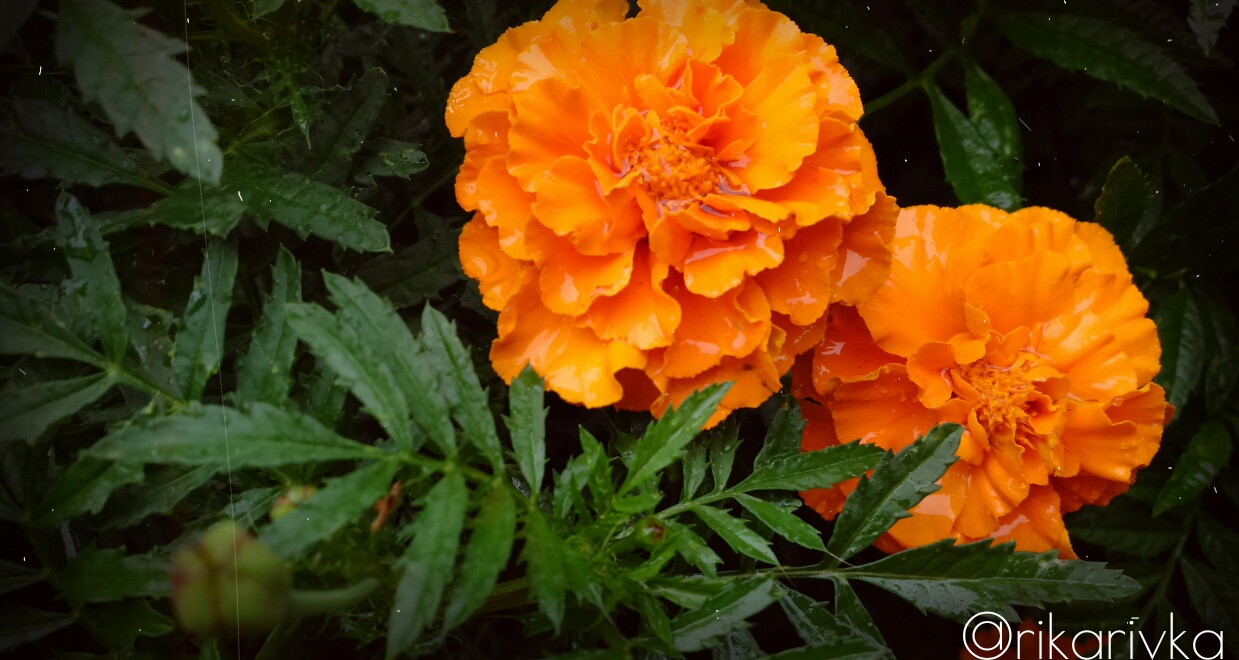
Photos taken with the smartphone Motorola Moto E6S.
By @rikarivka.
Posted with STEMGeeks